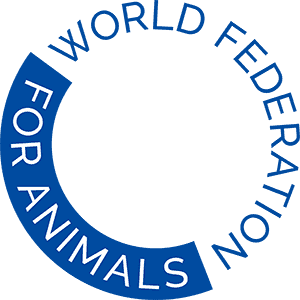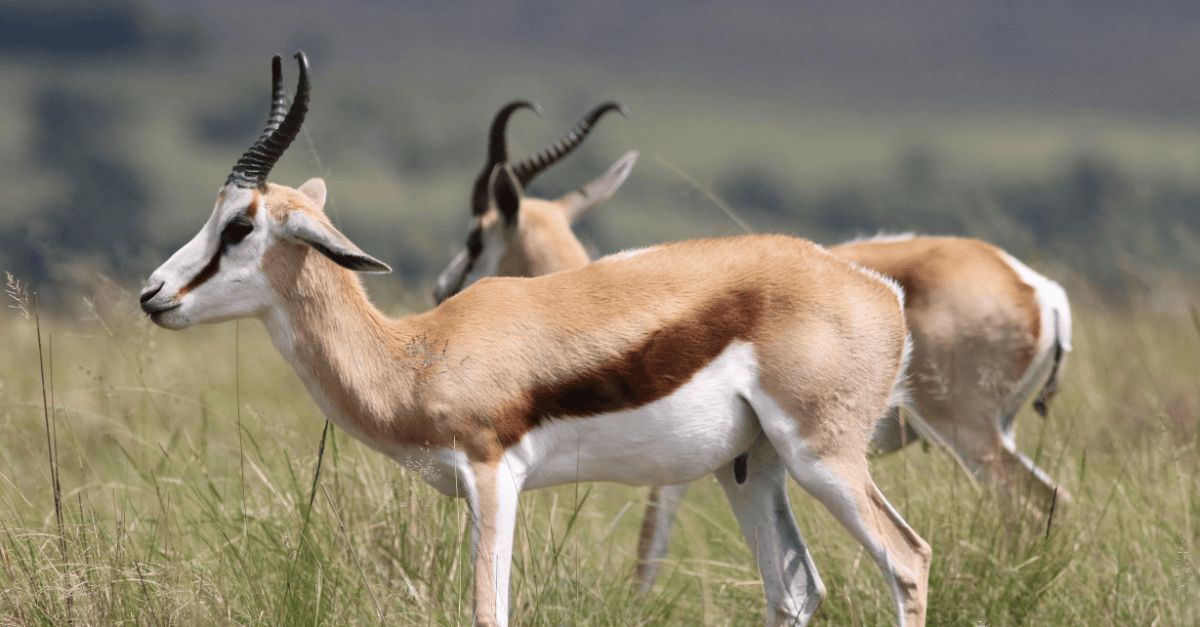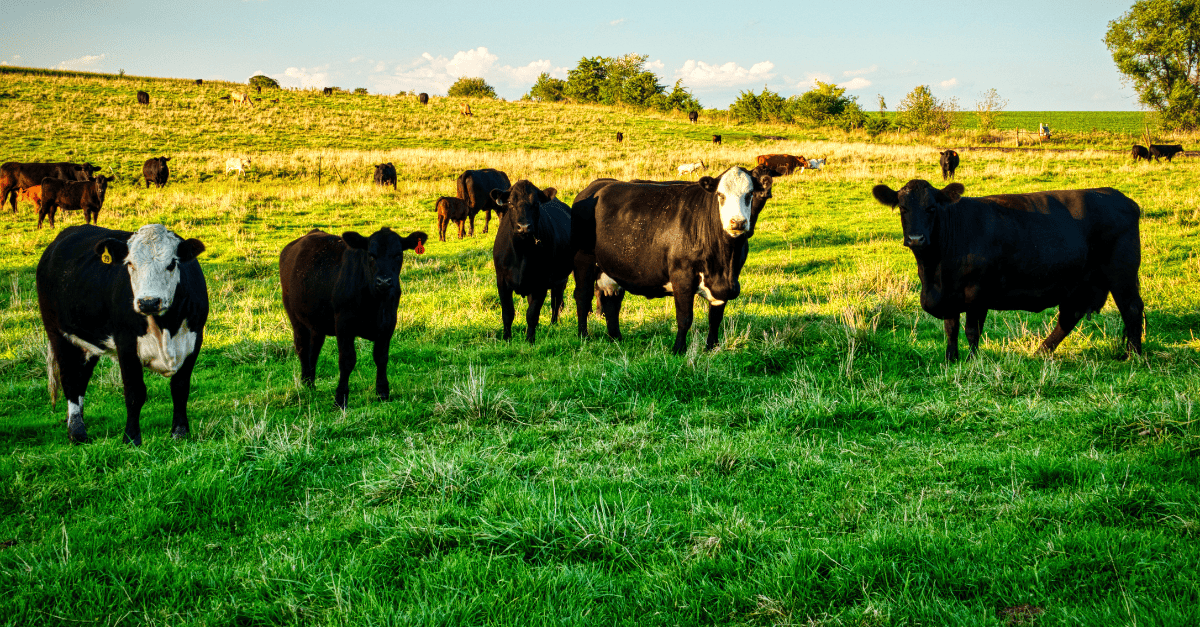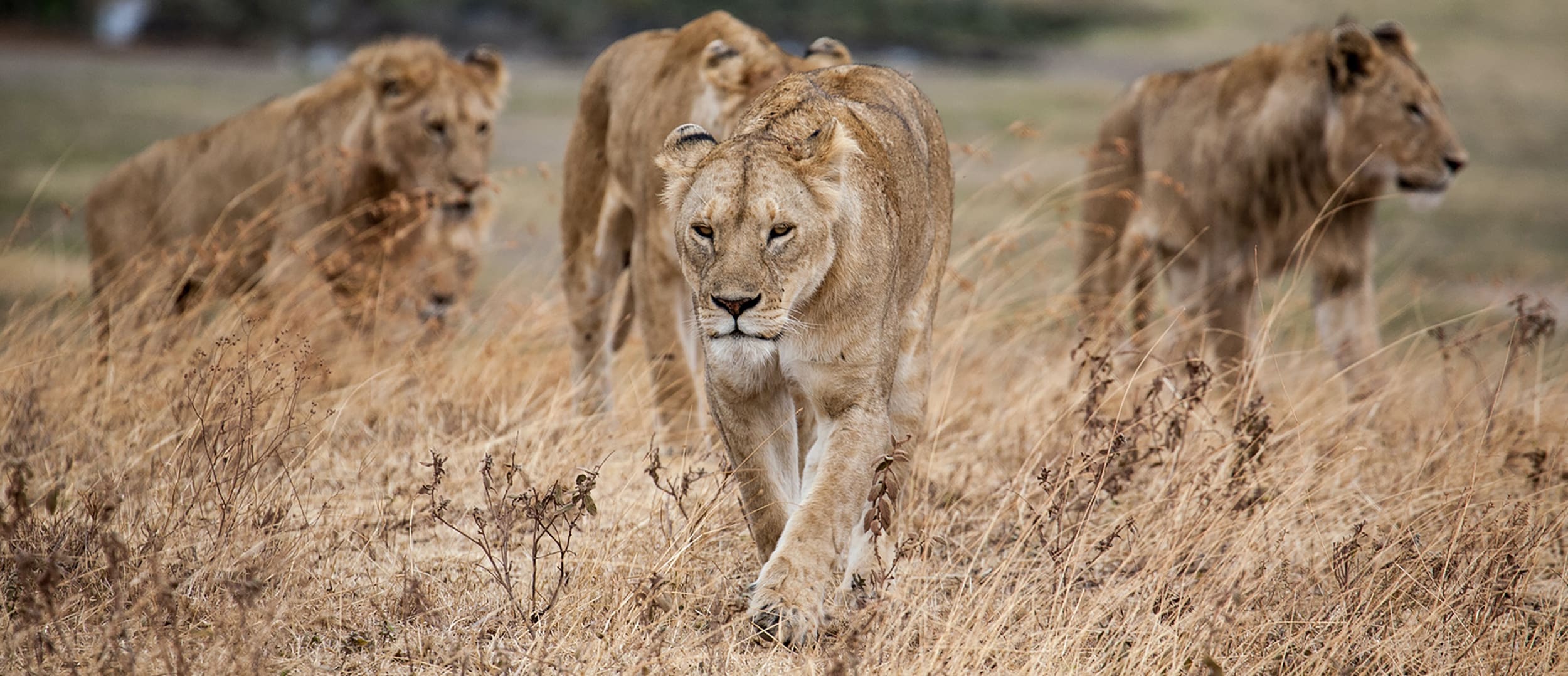I can confidently say that this is one of the greatest wins for global health in recent history. After more than three years of negotiations—marked at times by doubt, distrust and deep global division — the Member States of the World Health Organization (WHO) have finalised the draft text of the Pandemic Agreement.
Why does this matter for animals?
For the first time, animals are no longer invisible in a global pandemic discourse. The agreement includes two key articles for animals: Article 4 on pandemic prevention, and Article 5 on One Health. These elevate animals from being seen solely as carriers of disease to being recognised as critical partners in health systems and prevention strategies.
Article 4 states that Parties to the Agreement shall take measures to “address drivers of infectious disease at the human-animal-environment interface, with the aim of early prevention of pandemics.” It also requires each Party to develop multisectoral pandemic prevention plans that cover the prevention of infectious disease transmission between animals and humans, by addressing root causes— prevention at source.
Animal welfare is central to pandemic prevention. We know that most emerging infectious diseases, including COVID-19, Ebola, and avian influenza, are zoonotic that originate in animals and spill over into humans. By addressing the upstream drivers of spillover, such as factory farming, wildlife trade, deforestation, and poor animal welfare, we finally begin to confront pandemics before they begin.
With Article 5, animals are now part of global health governance. The article states that Parties shall promote a One Health approach for pandemic prevention, “recognising the health of people is interconnected with animal health and the environment.”
It further calls for a coordinated and collaborative approach among all relevant organisations, sectors and actors. With One Health codified, we now have a mandate to involve veterinarians, ecologists, animal welfare experts, and conservationists in shaping pandemic prevention strategies. This is a systemic shift that is long overdue.
As my colleague Nina Jamal, Head of Pandemics and Campaign Strategies at FOUR PAWS, said
“By embedding One Health and prevention at source into the Pandemic Agreement, Member States are finally acknowledging what science has long confirmed: we cannot prevent future pandemics without improving how we treat animals and our environment in the present. This is a paradigm shift in the scope of global health policy and a victory for animals, for people, and for the planet.”
In addition, this Agreement legitimises animal-centred advocacy in global health spaces that have historically been deeply human-centric. For years, we’ve made the case that animal issues are not fringe—they’re fundamental to the health, safety, and sustainability of our planet. This Agreement affirms that truth. It also proves that principled, evidence-based, and values-driven advocacy for animals can shape global policy at the highest levels.
What did it take to get here?
This outcome didn’t just happen. It’s the result of years of sustained, strategic, and cross-sector collaboration by those committed to an integrated, preventative, and equity-based approach to global health.
- No ‘man’ is an island; with organisations in the PAW coalition, led by FOUR PAWS and united by a shared vision, we brought credible science, practical recommendations, and moral clarity to the negotiating table. Together, we made the case that the health of people, animals, and the planet are inseparable.
- Advocacy wasn’t about pushing—it was about listening, understanding regional and country perspectives, and co-creating solutions. We engaged governments not just as targets, but as partners; as friends, neighbours at home; as people. In doing so, we helped shift perspectives and build the mutual trust that was essential to success.
- Last-minute crisis management. There was a point just a few hours before the end of the last negotiating session when the entire article on One Health (Article 5) was on the brink of being dropped. It took every ounce of strategy, trust-building behind the scenes, and collaboration to keep it in.
- Most of all, we believed in each other. There were moments of real doubt when it could all fall apart after 19 negotiating sessions over three years. But we were grounded in the belief that the world can do better—that prevention is possible, that interconnectedness is our strength, and that animals, ecosystems, and people deserve policies that recognise their mutual well-being.

What’s next?
As we look toward the World Health Assembly (WHA 78) in May 2025, where the draft will be formally considered for adoption, we carry with us not only hope but also the energy and responsibility to ensure that this agreement brings meaningful change for people, animals, and the planet.





